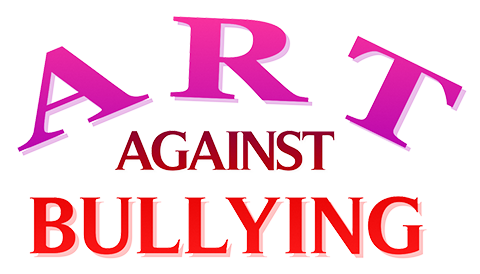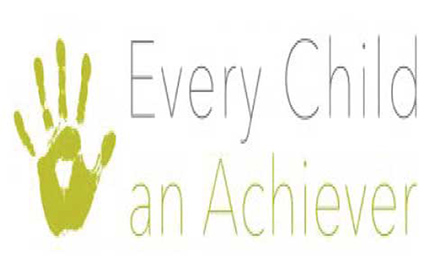Our Team
The project partnership is composed of seven partners:

Zinev Art Technologies Ltd.
Sofia 1715
Mladost 4, building 425, entrance 3, ap. 53 +359 2 4342244 www.zatbg.org Bulgaria
Frequently Asked Questions
1What is bullying?
There is no agreed definition of bullying. It can take many forms - physical, verbal or social (for example deliberately keeping someone out of a group). All forms have something in common - they cause distress, at times extreme. There are numerous definitions of bullying written for various purposes and emphasising different aspects.
2How common is bullying?
Studies in many different countries over the last twenty years have shown that bullying in schools is common. It is not unusual to find that between a third to a half of the pupils were involved in bullying, either as victims or bullies.
3Are some children more likely to bully than others?
Some of the major bullying studies have identified certain characteristics which are found in many children who bully. For example being uncaring and having a positive view of violence. The studies did not find that a typical bully has low self-esteem (as previously suggested). It is important to remember that this is a general picture and there will be exceptions.
4Why don't children tell?
Children give a variety of reasons for not telling an adult about bullying, ranging from being afraid of what the bullies might do if they found out, to feelings of failure because they could not deal with the bully themselves.
5What does it feel like to be bullied?
It is widely accepted that bullying causes distress, at times extreme. Some studies have gathered information about the emotions children experience when they are being bullied. These studies help us to understand the range of emotions that may be experienced by a bullied child. At one end of the spectrum it is upsetting for a short time. At the other end it can drive a child to contemplate suicide. In between are various feelings and reactions, but a major concern for teachers and parents is that the strength of these feelings can have a serious effect on learning. For example, it is difficult to concentrate on what a teacher is saying when you are being subjected to glances – glances which are imperceptible to the teacher but which say to you, ‘you may think you are safe here in the classroom but just wait until …’ (Andrew Mellor)
6What is the role of peers in bullying?
Studies have found that peers do play an important part in bullying whether they are openly encouraging it or ‘just’ standing by and watching. It has been suggested that if witnesses of bullying are not actively trying to prevent it, they are encouraging it (whether they realize it or not). This question shows just how complex a bullying situation can be. An adult observer may find it difficult to distinguish between those children who are actively involved in bullying and those who are bystanders. What is clear, however, is that bystanders may provide the key to finding a solution to many bullying incidents.
7Is bullying only physical, or the threat of the physical such as hitting, kicking, and so on?
No, bullying is not limited to physical abuse. That is often the first thing one thinks of when one thinks of bullying – one kid beating up on another. Bullying can also be emotional – lying and gossiping about another, excluding and spreading rumors is bullying. Name calling, harassment, put downs and ridicule is also bullying – verbal abuse. Remember, bullying is abuse. And when one is constantly called “fudge pudge,” “ugly,” referred to as “gay” “homo” “fag” and so on, that child is being verbally bullied. Low self esteem is one result of verbal abuse, and is probably worse than physical abuse most children say. To dismiss verbal abuse as not a part of bullying is turning a blind eye to a very real problem.
8What does it feel like to be bullied?
It is widely accepted that bullying causes distress, at times extreme. Some studies have gathered information about the emotions children experience when they are being bullied. These studies help us to understand the range of emotions that may be experienced by a bullied child. At one end of the spectrum it is upsetting for a short time. At the other end it can drive a child to contemplate suicide. In between are various feelings and reactions, but a major concern for teachers and parents is that the strength of these feelings can have a serious effect on learning. For example, it is difficult to concentrate on what a teacher is saying when you are being subjected to glances – glances which are imperceptible to the teacher but which say to you, ‘you may think you are safe here in the classroom but just wait until …’ (Andrew Mellor)














